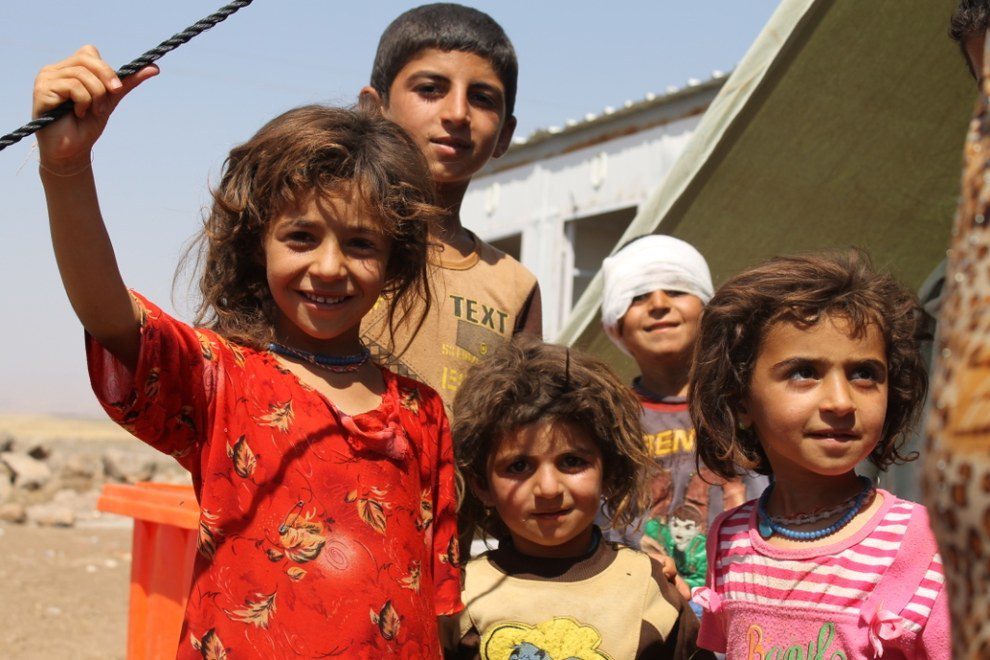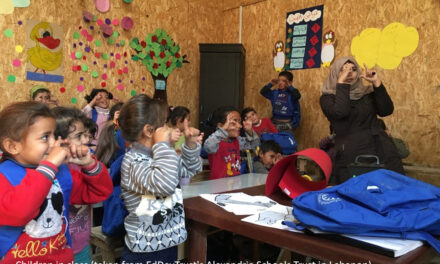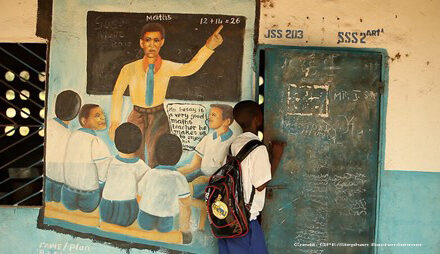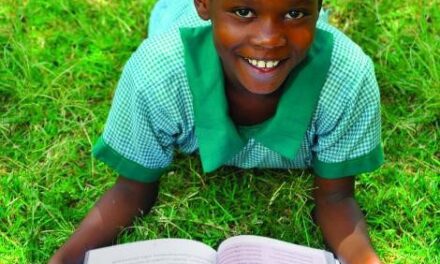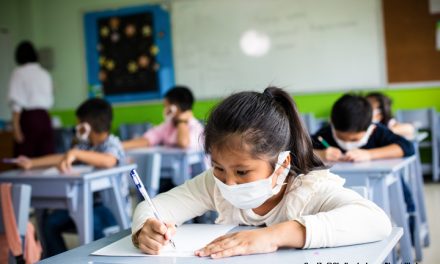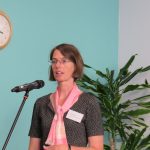 Dr Ruth Naylor, Senior international consultant with Education Development Trust, laments the lack of data on Internally Displaced People (IDPs). Fresh from UKFIET’s Education for Children Affected by Emergencies conference on 3rd October 2018, she considers the symbiotic relationship this has with policy and the public perceptions of refugees and IDPs.
Dr Ruth Naylor, Senior international consultant with Education Development Trust, laments the lack of data on Internally Displaced People (IDPs). Fresh from UKFIET’s Education for Children Affected by Emergencies conference on 3rd October 2018, she considers the symbiotic relationship this has with policy and the public perceptions of refugees and IDPs.
I felt extremely energised by UKFIET’s recent event on education in emergencies (EiE). The conference had a democratic environment where attendees from a broad range of constituencies were able to critique and raise concerns. Perhaps we could have benefited from having more voices from the communities affected by our theme present in the room. After all, the best innovations and interventions across practice and policy, whether in a refugee or internally displace person (IDP) context, are often initiated by people who themselves are displaced.
As convenor of the workshop strand on forced displacement, I opened with a review of the evidence gaps. Currently, there’s a desperate lack of data or evidence on the education of IDPs (people displaced by conflict or disasters who remain within their own borders). Their numbers are double or even triple those of refugees, yet the data and published research on education for IDPs is minimal in comparison to literature on refugee education. We simply have no clarity on how many IDPs are able to access education. We can’t drill down into specific areas such as gender equity, as we don’t even have the data on sex or age disaggregation. This data matters, because it directly influences the direction of research and aid money. IDPs suffer many of the same pressures as refugees, and often worse, yet they remain largely invisible to the outside world.
But this technical issue around data (and the challenges of data on IDPs) is only a small part of the problem of the “invisibility” of this group.
The conference helped to take me out of my own technical specialism bubble (with a current focus on education for forcibly displaced populations) to consider the wider political context. It made me consider not just the evidence on the barriers to what works, but also who is funding what, and why. In the first plenary we were shown a poster by the Australian government: “No way – you will not make Australia your home”. Might there be a link to the rise of this anti-migrant sentiment in high-income countries and an increased focus on refugee education – supporting and researching education as an alternative to providing actual refuge?
What this conference alerted me to was that donor-funding decisions are not just about which population has the greatest need, but which populations are perceived as presenting the biggest threat. Fear mongering around immigration and terrorism is rife in the popular press and these issues are often accorded a disproportional degree of attention in the domestic electoral campaigns of donor governments. So is it surprising that distribution of donor aid is also skewed? When seen in this light it becomes clear why the people who have been forced to flee across borders get so much more attention in the donor-funded literature than those who had fled within their own borders. IDPs are overlooked because they are less likely to arrive on our shores.
The narrative around refugees and IDPs needs to change – and we can do this by increasing their representation and ensuring they are present on the global political scene. It is not enough to talk about them, they need to be leading the conversation themselves. Ensuring that they are represented at events like this, and able to share their solutions, can help to remove the cloak of invisibility from IDPs and open up opportunities to gather data and research. Meaning that instead of tabloid fear-mongering and political point-scoring influencing policy, it will be evidence.

